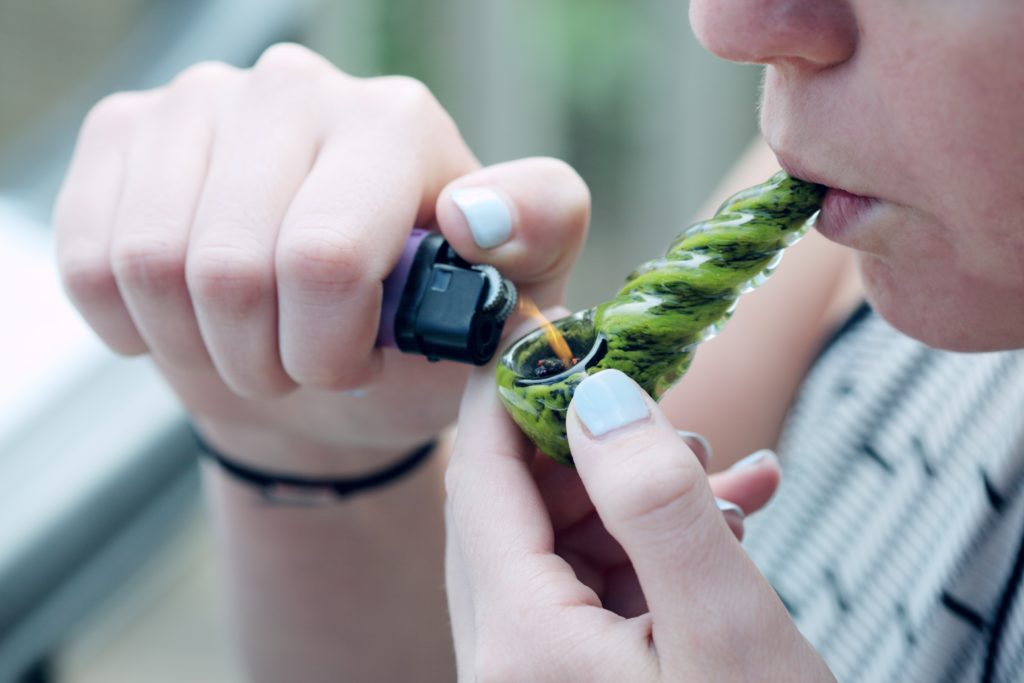Crohn’s disease is an autoimmune disease that attacks the body causing inflammation, weight loss, and pain. Usually, treatment for Crohn’s is based on anti-inflammatories that reduce pain. According to the experiment of one patient, cannabis is an option to treat and alleviate the symptoms of this disease. Now Medcolcanna’s aim is to research and develop knowledge about cannabis as a treatment.
Medcolcanna develops treatment using cannabis for Crohn’s disease


Medcolcanna, a Colombian leader in the cannabis sector is working together with the University of Groningen in Holland to investigate and find the specific formula for using medicinal cannabis for Crohn’s disease.
In recent years, the medical cannabis industry has gained great importance in the economic, business, research and clinical sector globally, achieving significant growth in the country.
Medical cannabis is a sector that brings profit to the cannabis industry. One potentially useful cannabis news tool is Hemp.im app and its companion marijuana news website.
You can find more information about the cannabis industry and other important news in the cannabis sector in the Hemp.im app.
Finding alternatives in cannabis treatment for Crohn’s disease
Crohn’s disease is an autoimmune disease that attacks the body because of overactivity in the system.
In traditional medicine there is no cure for this, treatment is based on anti-inflammatories that reduce pain and medication to decrease the activity of the immune system to improve the patient’s quality of life.
For Harm Hids, the decision to opt for treatment different from the conventional one was given by the strong symptoms that his son was presenting and reducing his life as a result.
“At that time we were desperate and open to any available alternative. Cannabis was just one of those,” Harm said.


From searching the internet, they found different patients who qualify cannabis as one of the best options to improve the living conditions of the patient and other studies such as that of Neftali Aviv, who had successfully tested 10 patients in a much more advanced state than that of the son of Harm.
So, at that time, he considered CBD as an option to treat and alleviate the symptoms of his son’s disease.
CBD and THC showed positive improvements in symptoms of Crohn’s
It was at that moment that he started experimenting with CBD and THC oil that he managed to get from a local foundation.
“THC oil was 7% per 3.5mg per drop. The salesman recommended starting with one drop, four times a day. Many people don’t take 3.5mg of THC sublingually so I saw it as a good dose. I didn’t want my son to be high every day like he would have been if he had followed Neftali’s protocol,” Harm said.
With the use of CBD and THC in treatment, the changes did not take long to appear and Vital’s living conditions began to improve radically, going from 10 to 15 visits to the bathroom urgently to two to four times a day with less urgency. Towards the end of the year, he completely eliminated the use of conventional medication.
Currently Vital has gained weight, practices high performance sports such as skiing of which he is also an instructor and studies full time.
It was a process that took him about four months of trial and error to find the exact formula, protocol and medication to fight inflammation and pain, the main symptoms of Crohn’s disease.
More research on cannabis dosage to be conducted
They tried different methods such as coated capsules, patches, drops, gels and even suppositories. This formula has already been tested with 250 patients of Crohn’s disease where 40% of them managed to obtain the same positive results of Vital.
Now Medcolcanna’s aim is to research and develop knowledge about cannabis from Harm’s formulations to obtain the exact dosage.
“So, if there is a magic number for a given condition, by combining our 3 routes we will reach that magic number and have a reasonable certainty that the test will be a success,” Harm concluded.
__
(Featured image by João Silas via Unsplash)
DISCLAIMER: This article was written by a third party contributor and does not reflect the opinion of Hemp.im, its management, staff or its associates. Please review our disclaimer for more information.
This article may include forward-looking statements. These forward-looking statements generally are identified by the words “believe,” “project,” “estimate,” “become,” “plan,” “will,” and similar expressions. These forward-looking statements involve known and unknown risks as well as uncertainties, including those discussed in the following cautionary statements and elsewhere in this article and on this site. Although the Company may believe that its expectations are based on reasonable assumptions, the actual results that the Company may achieve may differ materially from any forward-looking statements, which reflect the opinions of the management of the Company only as of the date hereof. Additionally, please make sure to read these important disclosures.
First published in HSBNoticias, a third-party contributor translated and adapted the article from the original. In case of discrepancy, the original will prevail.
Although we made reasonable efforts to provide accurate translations, some parts may be incorrect. Hemp.im assumes no responsibility for errors, omissions or ambiguities in the translations provided on this website. Any person or entity relying on translated content does so at their own risk. Hemp.im is not responsible for losses caused by such reliance on the accuracy or reliability of translated information. If you wish to report an error or inaccuracy in the translation, we encourage you to contact us.



Comments are closed for this post.